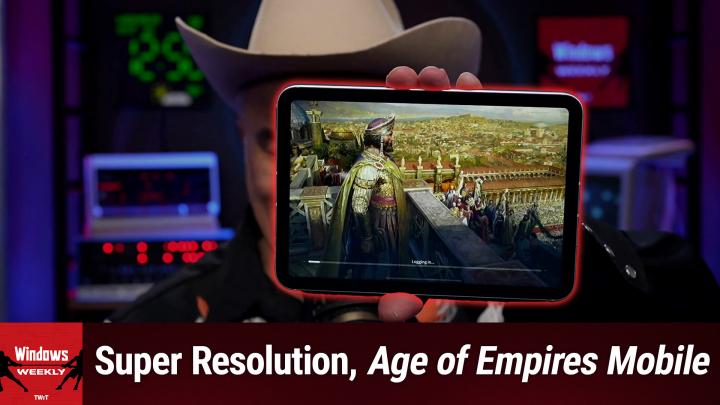Microsoft and OpenAI's Complex Relationship
Created with AI, edited by humans.
The latest episode of Windows Weekly peeled back the curtain on what might be Silicon Valley's most fascinating corporate tango - the Microsoft-OpenAI relationship. And if this week's discussion is any indication, someone's definitely stepping on some toes.
Leo Laporte, Paul Thurrott, and Richard Campbell dove into the drama with their characteristic mix of insight and wit, painting a picture of a partnership that's starting to show some serious cracks. As Thurrott colorfully put it, "This company is scary, and it could destroy the industry or could just implode. It's like a black star, a black hole."
The catalyst? Last November's Sam Altman saga apparently left Microsoft feeling like the last to know at their own party. Their response? Creating their own AI division that, in Thurrott's words, exists in a curious limbo "outside of the normal Microsoft divisions." Think of it as Microsoft's version of an insurance policy - but with billions of dollars at stake.
The talent exodus from OpenAI became a hot topic, with Mira Murati's recent departure raising eyebrows. As Richard Campbell noted with characteristic frankness, "If you're one of those founding players and you're leaving OpenAI, something's seriously wrong... this is supposed to be your win." The hosts painted a picture of a revolving door spinning faster than a Silicon Valley startup's burn rate.
Perhaps most telling was OpenAI's peculiar product strategy. Their Windows app arrived fashionably late to the party - months after the Mac and iPhone versions. As the hosts noted, it's a curious choice given Windows' massive user base. "Aren't most of your users on Windows?" Thurrott questioned, highlighting the increasingly puzzling nature of OpenAI's priorities.
The financial subplot thickened as Leo Laporte brought up the elephant in the room: the astronomical costs of AI development. Despite OpenAI's $13 billion valuation, the hosts questioned whether anyone's actually making money in this space. "It isn't the hockey stick that they were kind of claiming it was going to be," Laporte observed, cutting through the Silicon Valley hype.
The most intriguing revelation? Microsoft's apparent strategy of hedging its bets. The company seems to be playing a careful game of maintaining its investment while simultaneously building its own AI capabilities. As Thurrott noted, drawing from decades of Microsoft coverage, this feels reminiscent of other pivotal moments in Microsoft's history when they've chosen to bring critical technologies in-house.
Campbell added a dash of corporate reality to the discussion: "I think they freaked out. I think they realized if we don't say something at WWDC now, we're not going to say it till next year." This kind of behind-the-scenes insight is what makes Windows Weekly a must-listen for tech industry watchers.
The hosts likened the current situation to "mutually assured arrogance," with both companies walking backward with guns pointed at their own heads. "One of them is going to trip," Thurrott quipped, capturing the precarious nature of this high-stakes partnership.
Ready to dive deeper into this corporate chess match and hear more about what's really happening in the tech world's most interesting partnership? Catch the full episode of Windows Weekly, where Leo, Paul, and Richard bring decades of tech industry experience to help you understand what's really going on behind the headlines.
Subscribe so you don't miss an episode: Windows Weekly
